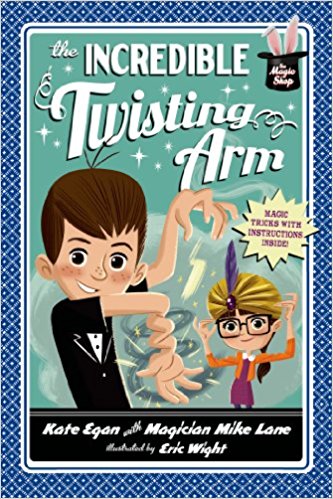The Zero Degree Zombie Zone
By Patrik Henry Bass, Illustrated by Jerry Craft
Published by: Scholastic Press (August 26, 2014)
Available in: paperback, library binding, Kindle, Nook
At the time of this review, this was a standalone book.
Freeze out.
The Zero Degree Zombie Zone deftly combines a typical school day of math and social drama with a fantasy adventure featuring zombies. Bullies collide with monsters, and it takes some real trust in friendship and the love of a special grandpa to save the world. You know, the usual.
There’s a lot to like in this book. Zombies are trendy characters in pop culture, but they’ve yet to be standard in chapter books. The zombies here are just right—not too scary, not too tame. The first appearance is a real shocker. Our hero, Bakari, is nervous about being nominated for hall monitor, so he needs to use a bathroom pass. Once out of his packed classroom and in the empty hall, Bakari is accosted by a frightening ice zombie, Zenon, who knocks Bakari down and demands something Bakari doesn’t have. Inventive and bold, the plot continues this flip flop from contemporary to alternate reality throughout.
The small cast of characters (all school children and their teacher) play out a familiar conflict of arch nemesis, side kick, best friend, and “loser” protagonist, while the zombies keep crashing the known world with truly high stakes. It forces the kids to work together and see each other for more than their stereotypes. It’s a smooth and yet unique and exciting story arch.
Without mention of the fact in any way other than names and illustrations, the book uses only African American children. This unremarkable treatment is inspiring and welcome. Often, books that feature ethnically diverse characters take the opportunity to teach cultural lessons. That’s important. But it’s also refreshing to see students portrayed simply as students without a virtual asterisk of explanation within the text and story.
The prose is more difficult vocabulary, and can be considered a bridge from chapter book to middle grade: it looks like a chapter book, reads like a chapter book, but is longer and has fewer pictures than a beginning chapter book. With the students in the story fourth graders, this all makes good sense. But, there are language issues I don’t like, and perhaps this is something each teacher and parent needs to weigh for themselves. Students use the words “gonna” and “gotta” fairly frequently, and the mild cuss word “crap” is used a few times.
What do you say teachers, parents and writers? Use the comment below and let’s chat….



